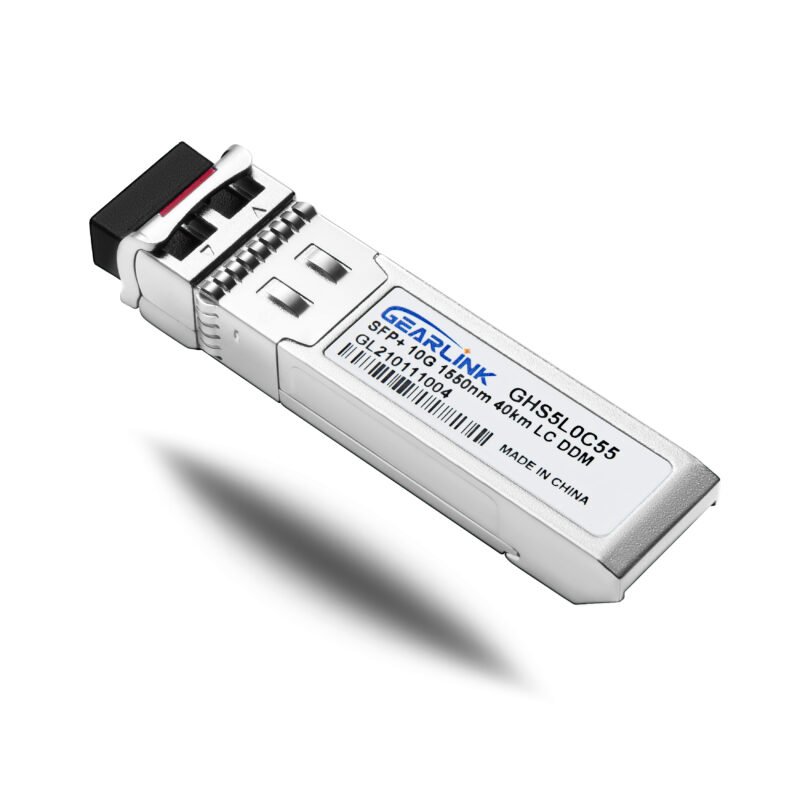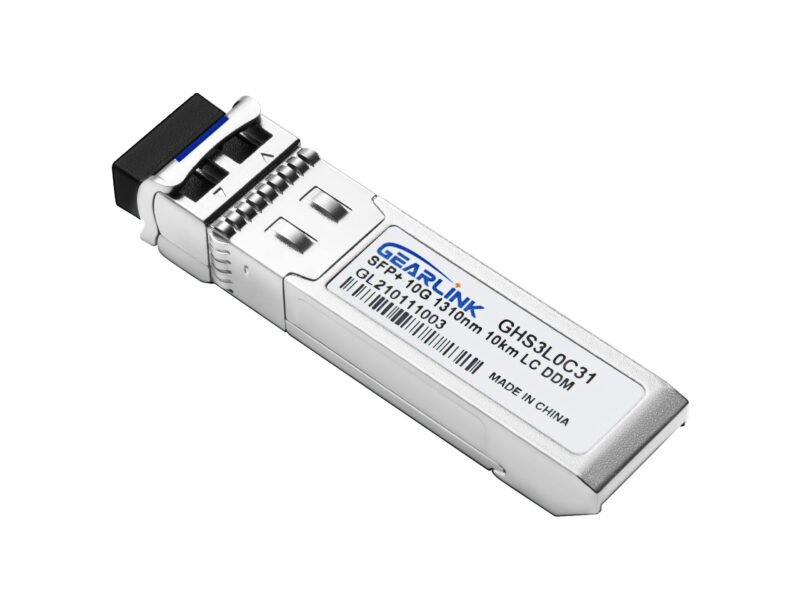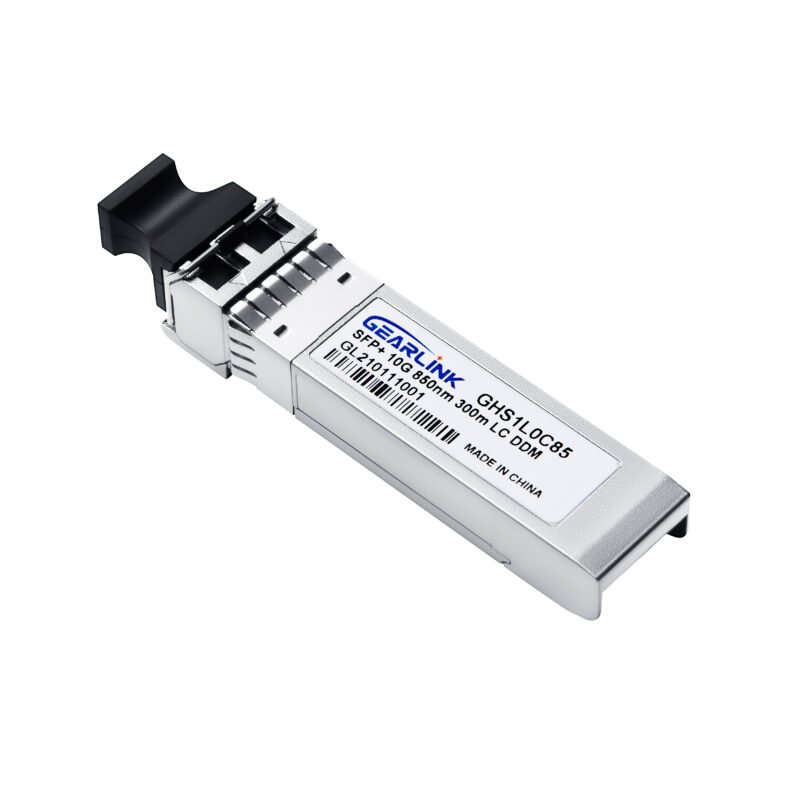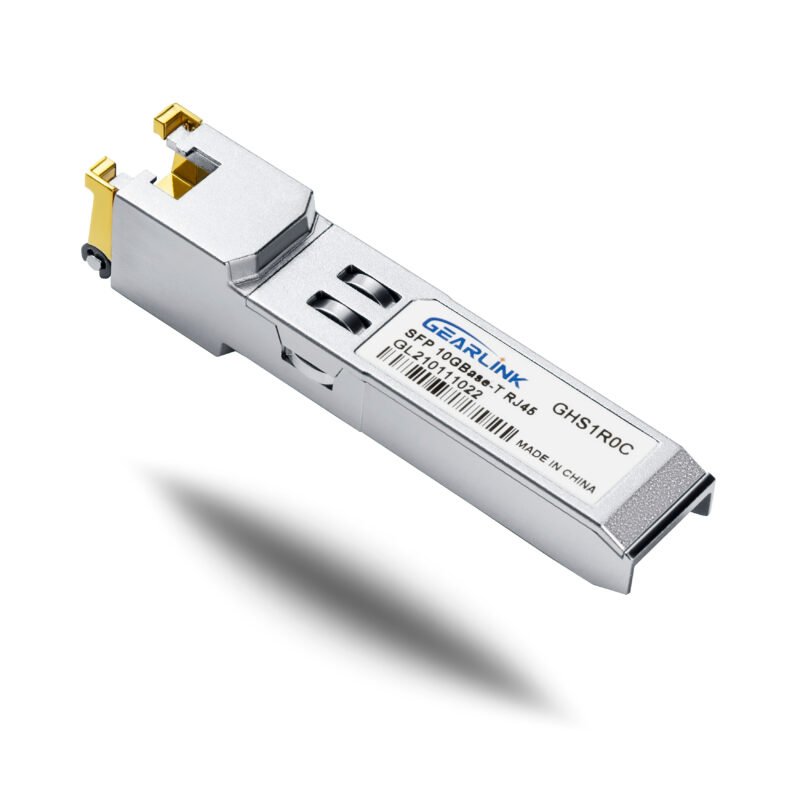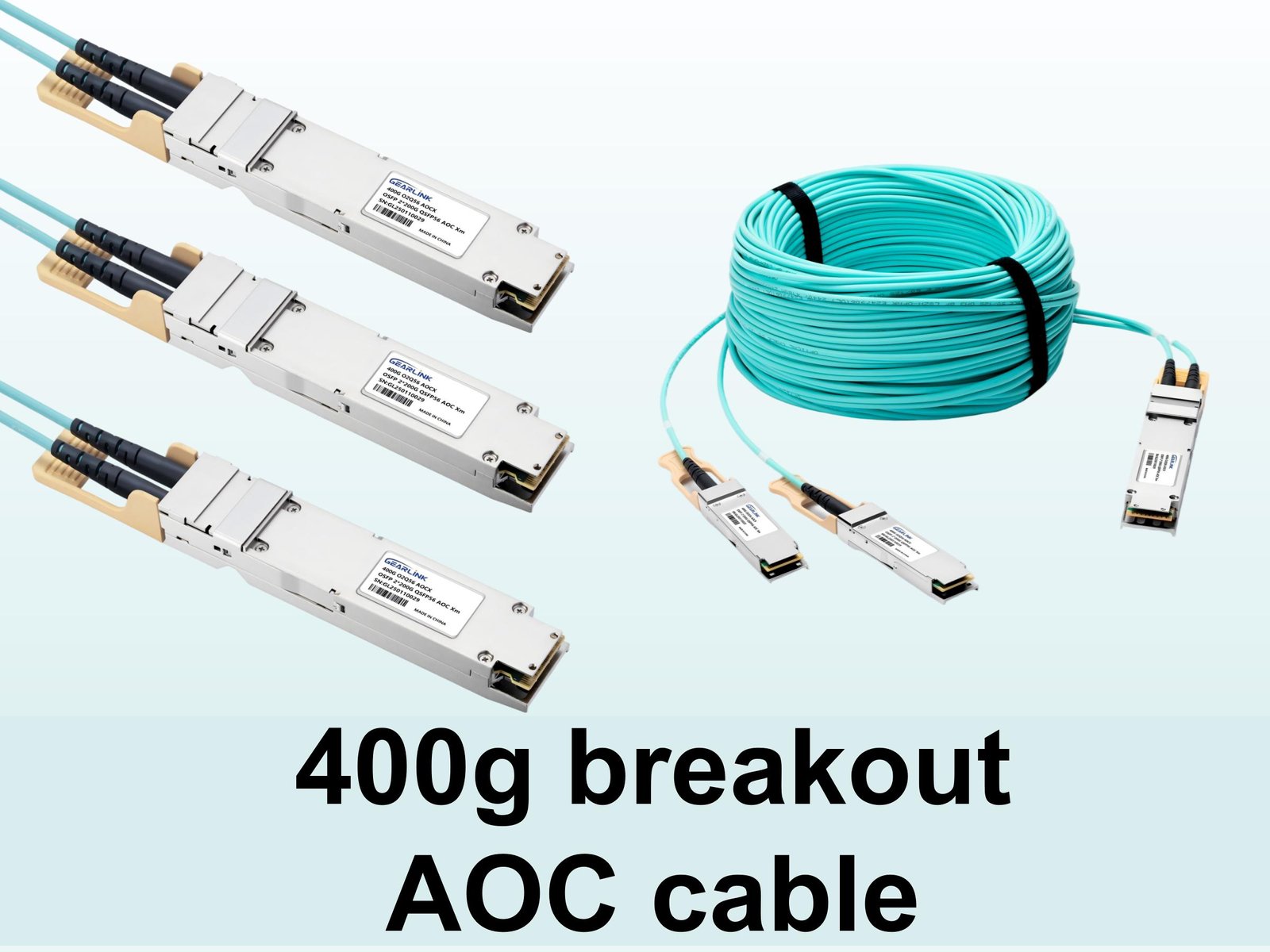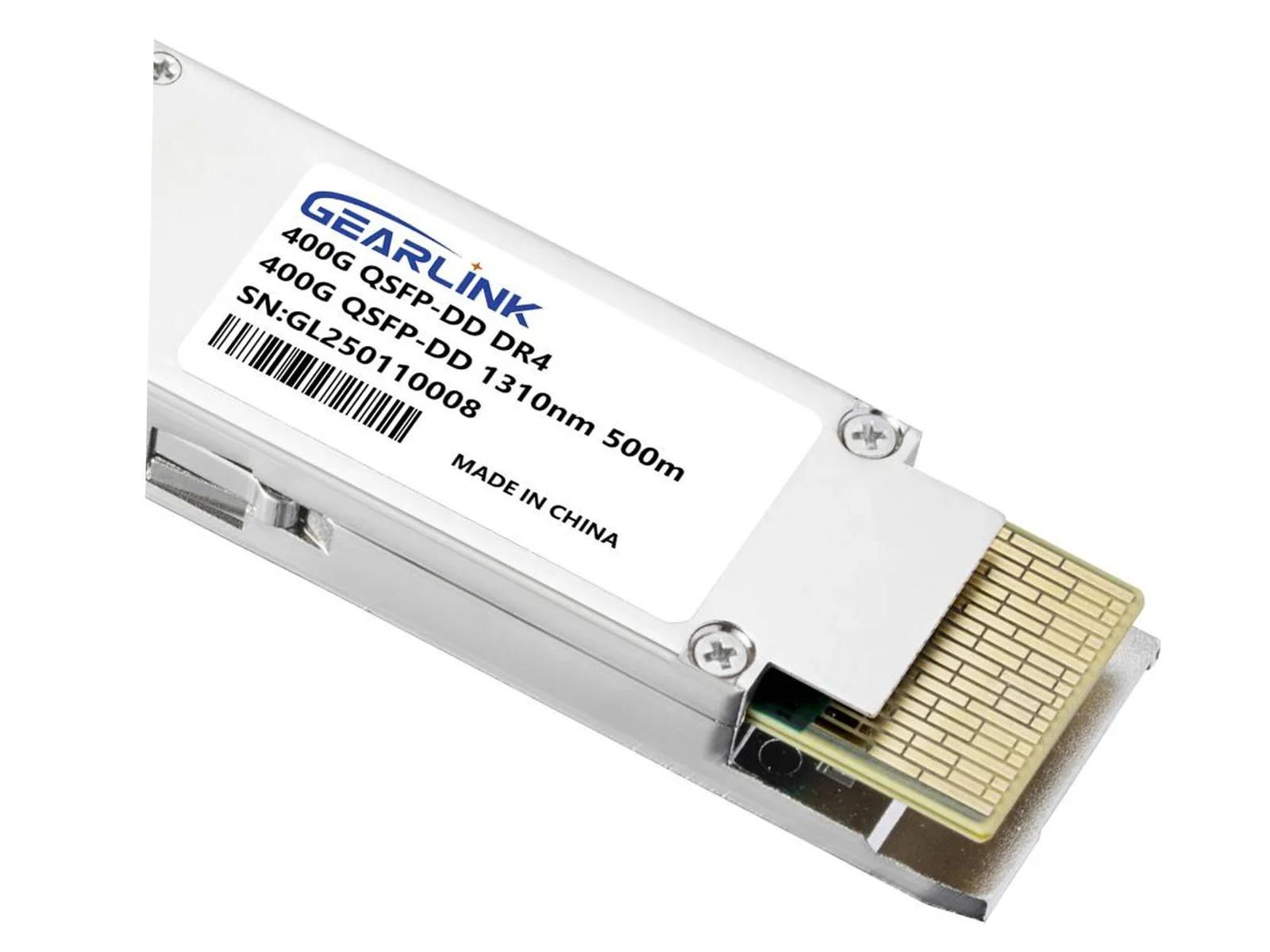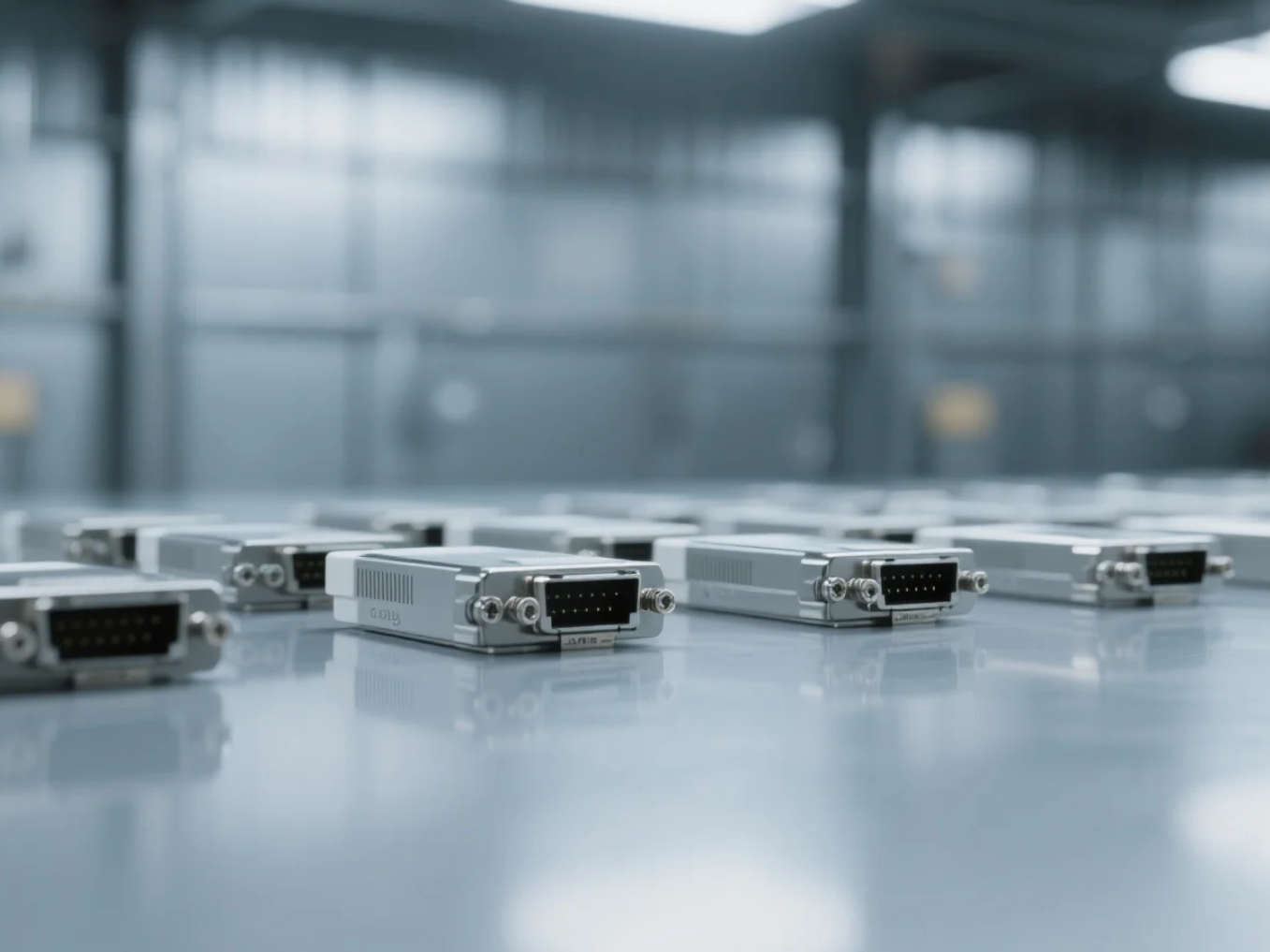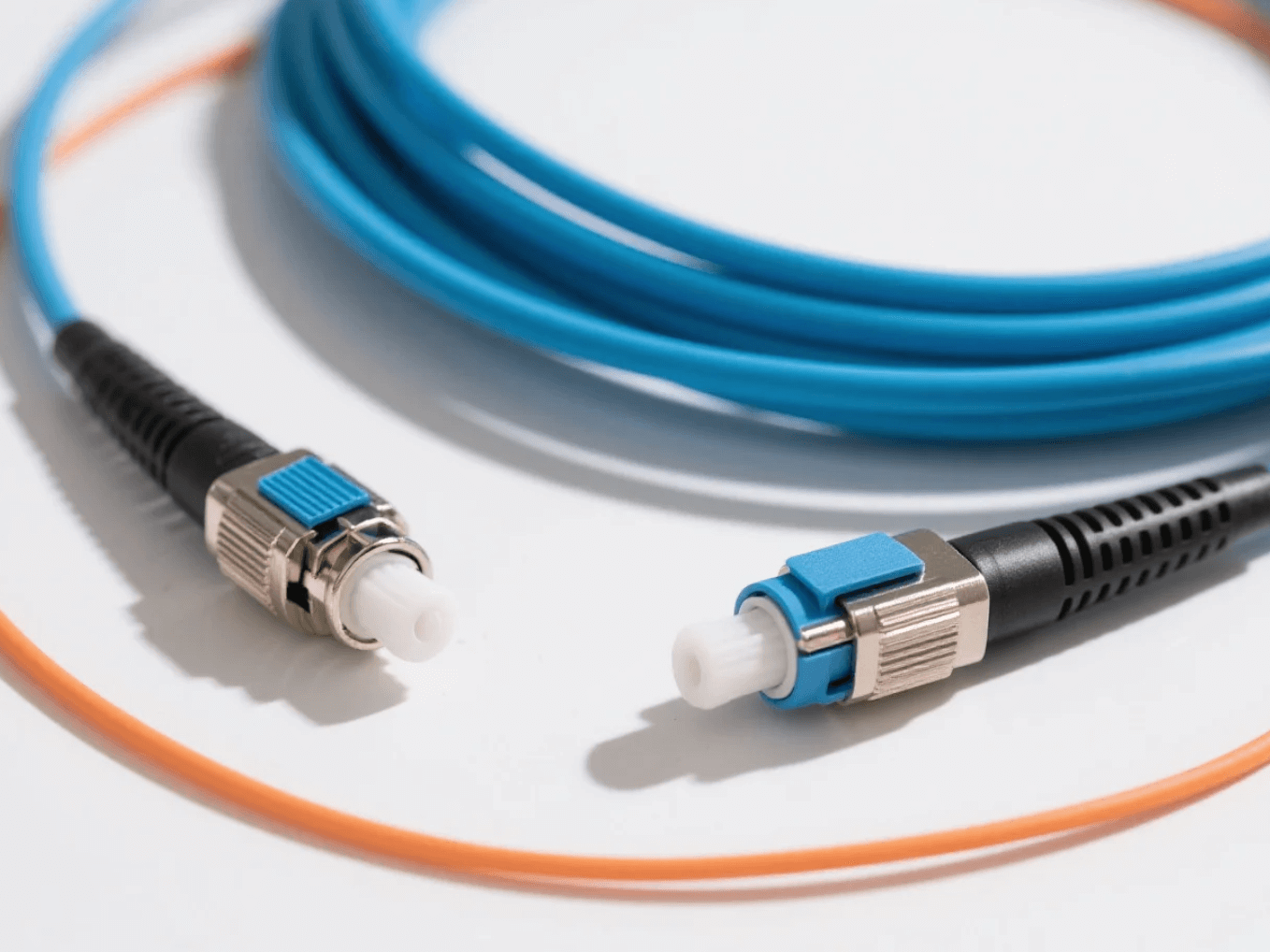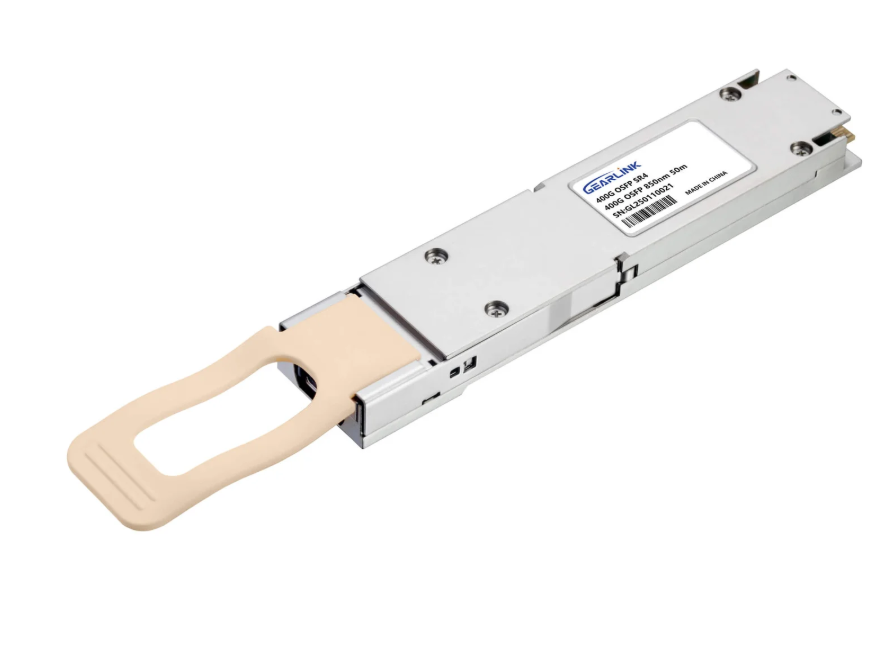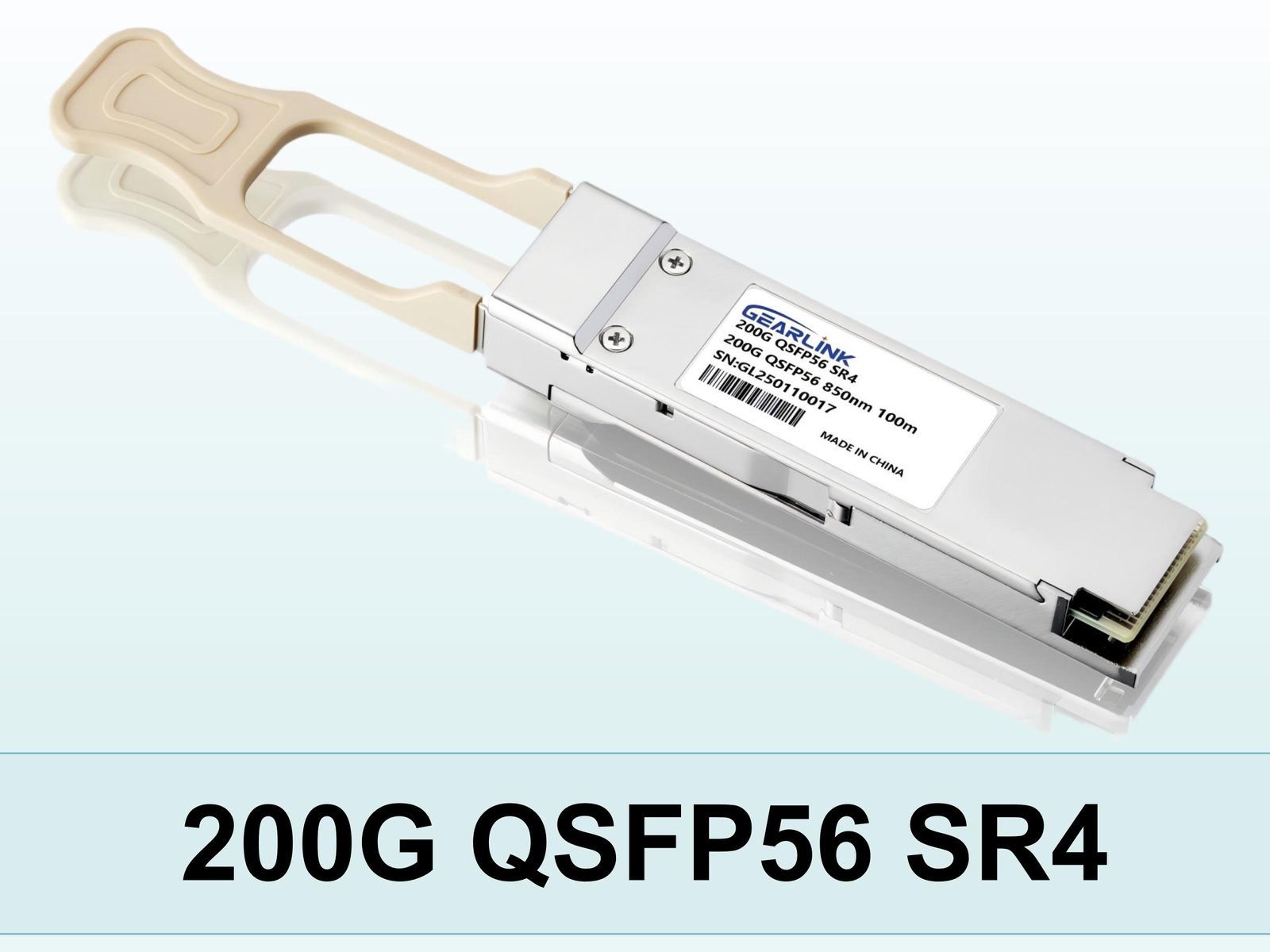Introduction: The Cornerstone of Modern High-Speed Connectivity
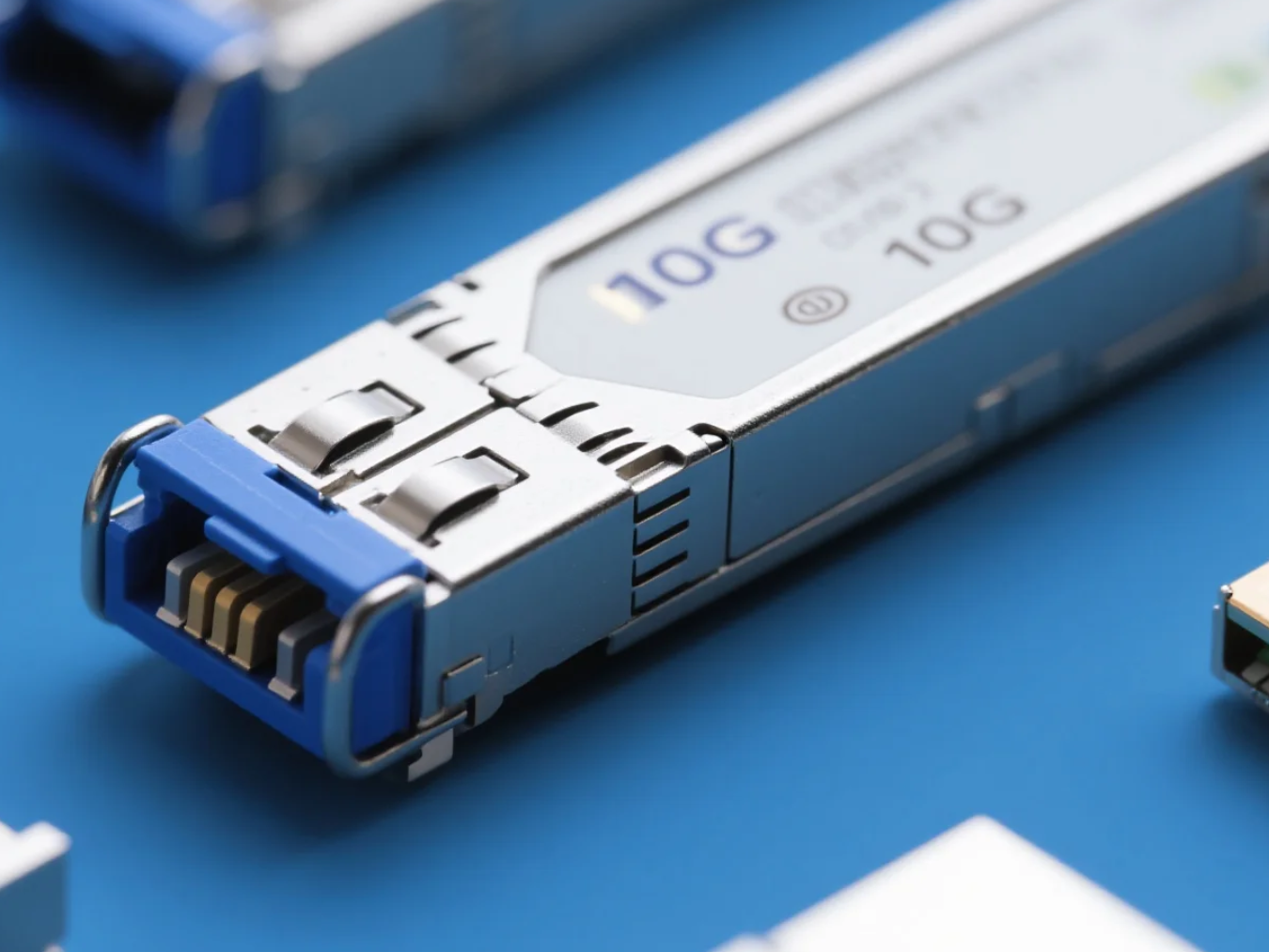
In the relentlessly evolving landscape of network infrastructure, the demand for increased bandwidth and faster data throughput has become paramount. This fundamental requirement drives the continuous innovation in fiber optic technology, making certain components indispensable. Among these, the 10G SFP+ (Small Form-Factor Pluggable Plus) optical transceiver stands out as a true cornerstone. It is not merely a component but a foundational element enabling the transition from legacy Gigabit Ethernet to the modern era of 10 Gigabit speeds. For professionals and enterprises heavily reliant on robust, low-latency data transport, understanding the full scope of the 10G SFP+ module is critical. This comprehensive article delves into what exactly this transceiver is, its distinguishing features, and why it has become the de facto standard for high-performance optical networking applications in data centers and enterprise environments globally.
Understanding the 10G SFP+ Module: Definition and Evolution

The 10G SFP+ is an enhanced version of the SFP transceiver, specifically designed to support data rates up to 10 Gigabits per second. SFP+ modules are defined by the SFF-8431 and SFF-8432 specifications, detailing their electrical interface and mechanical features. Historically, 10 Gigabit Ethernet (10GbE) was often deployed using the XENPAK, X2, or XFP form factors, which were considerably larger and less power-efficient. Consequently, when the SFP+ was introduced, it quickly gained widespread adoption because it offers a smaller physical footprint. This reduction in size significantly increases port density on switches and routers, allowing network architects to pack more connections into less space—a crucial advantage in space-constrained data centers. Therefore, the evolution to the 10G SFP+ represented a paradigm shift, enabling cost-effective and power-efficient high-density 10GbE deployments.
Distinguishing Features of 10G SFP+
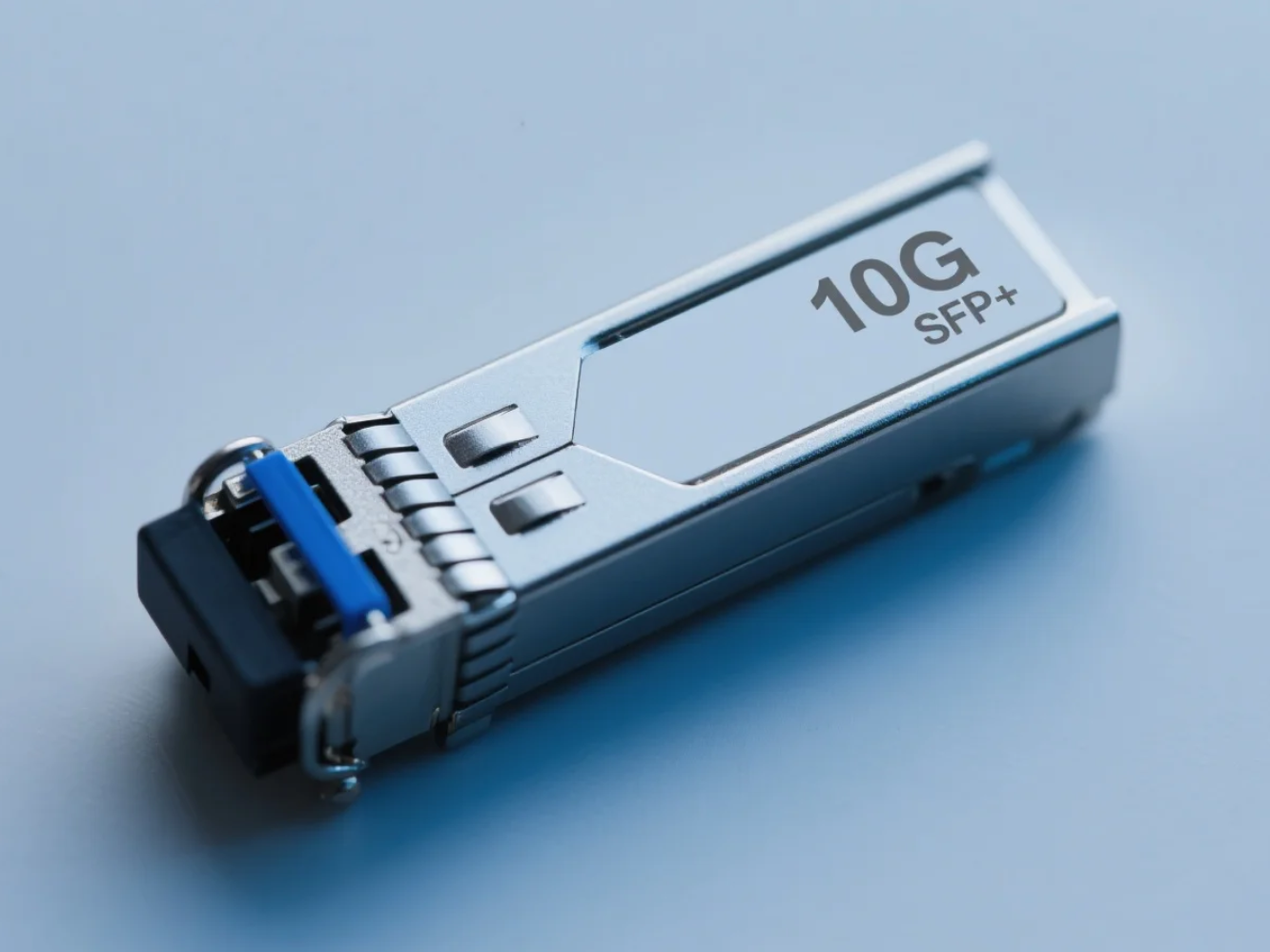
The enduring popularity of the 10G SFP+ module is directly attributable to a set of features that collectively deliver substantial operational value to users of optical products.
Compact Size and Port Density
As previously noted, the small form factor is arguably its most significant physical asset. SFP+ transceivers are nearly the same size as their 1G SFP predecessors, yet they handle ten times the bandwidth. This means that a typical network switch can accommodate a higher number of 10GbE ports compared to using older, bulkier modules. For an optical module user, this translates directly to a lower total cost of ownership per port and a better utilization of rack space.
Low Power Consumption
Power efficiency is a major concern in large-scale network deployments like data centers, where thousands of modules may be operating simultaneously. Generally, 10G SFP+ modules consume substantially less power than older 10G form factors (such as XFP). The power saved contributes to reduced operational expenditure, lower cooling requirements, and a smaller carbon footprint, aligning with modern “green IT” principles.
Interoperability and Flexibility
The SFP+ form factor has been widely embraced by virtually all networking hardware manufacturers. Consequently, these modules offer excellent interoperability, allowing users to select transceivers from various third-party vendors—like Optictran—provided they adhere to industry standards and are coded correctly. This vast ecosystem fosters competition, often resulting in more affordable, flexible sourcing options for the end-user. Moreover, the modules support various cabling options, including multi-mode fiber (MMF) for shorter reaches (e.g., SR, short range), single-mode fiber (SMF) for long-haul transmission (e.g., LR, long range, and ER, extended range), and even direct-attach copper (DAC) for very short rack-to-rack connections.
Digital Diagnostics Monitoring (DDM)
Most 10G SFP+ transceivers incorporate Digital Diagnostics Monitoring (DDM), also referred to as Digital Optical Monitoring (DOM). This feature allows network administrators to monitor real-time parameters of the fiber optic module, such as transmitted optical power, received optical power, temperature, laser bias current, and supply voltage. In essence, DDM is an invaluable tool for preventative maintenance, enabling proactive troubleshooting and ensuring the overall health and reliability of the optical link.
Primary Applications in the Optical Module Landscape
10GBASE-ER SFP+ 1550nm 40km DOM Duplex LC/UPC SMF Optical Transceiver Module
Price range: NT$25 through NT$8010GBASE-LR SFP+ 1310nm 10km DOM Duplex LC/UPC SMF Optical Transceiver Module
NT$1310GBASE-SR SFP+ 850nm 300m DOM Duplex LC/UPC MMF Optical Transceiver Module
NT$910GBASE-T SFP+ Copper 30m RJ-45 Transceiver Module
NT$45
The core strength of the 10G SFP+ lies in its versatility across numerous high-demand networking scenarios, primarily focusing on its optical capabilities.
Data Center and Enterprise Networking
Within the data center, 10G SFP+ modules are predominantly used for server-to-switch and switch-to-switch aggregation links. Servers are often equipped with 10GbE Network Interface Cards (NICs), and SFP+ transceivers are the logical choice for connecting these to the Top-of-Rack (ToR) switch. For instance, 10G SFP+ SR modules utilizing OM3/OM4 multi-mode fiber are ideal for links up to 300 or 400 meters, covering most intra-data center distances. Conversely, for links between different data center floors or buildings, 10G SFP+ LR modules on single-mode fiber provide reliable connectivity over several kilometers. The modules thus form the backbone for virtualization, cloud computing, and high-performance storage area networks (SANs).
Telecommunications and Metro Networks
While larger form factors often handle ultra-long-haul traffic, the 10G SFP+ plays a significant role in Metropolitan Area Networks (MANs) and access networks. Specialized versions, such as 10G SFP+ ER (Extended Reach) and ZR (Z-axis Reach), can transmit data up to 40 km and 80 km, respectively, over single-mode fiber. Consequently, they are essential for connecting regional points of presence (PoPs) or extending high-speed services from central offices to major enterprise customers.
High-Performance Computing (HPC) Clusters
HPC environments, which require massive inter-processor communication bandwidth and ultra-low latency, also rely heavily on SFP+ technology. Whether connecting nodes directly or via InfiniBand, the speed and low latency inherent in the 10 Gigabit standard are non-negotiable requirements for parallel processing tasks.
Ethical Considerations and Value Proposition
The continuous drive for better network performance must be balanced with ethical considerations, primarily focusing on sustainability and product reliability. Choosing compliant and high-quality 10G SFP+ modules is not just a technical decision; it reflects a commitment to network stability and longevity. Utilizing well-tested, reliable modules from dedicated suppliers ensures that the network operates efficiently, minimizing downtime and the associated ecological cost of unnecessary equipment replacements. Furthermore, the industry’s push toward lower power consumption, inherent in the SFP+ design, is a positive contribution to global energy conservation efforts. The central value proposition to the user is clear: the 10G SFP+ offers a compelling combination of speed, density, and low operating cost, making the upgrade to 10GbE both technically sound and financially prudent.
Conclusion: Securing the Future with SFP+
In summary, the 10G SFP+ optical transceiver is far more than a simple plug-and-play component; it is the lynchpin of contemporary 10 Gigabit connectivity. Its advantages—small size, energy efficiency, DDM capabilities, and broad application spectrum—cement its status as the preferred form factor for high-speed optical module users. As networks continue their inexorable march toward 25G, 40G, and 100G, the foundational knowledge gained from deploying and managing 10G SFP+ links remains vitally relevant. For any enterprise seeking to maximize bandwidth, optimize port density, and future-proof their network infrastructure efficiently, the SFP+ module remains an absolutely essential and indispensable piece of technology.
Frequently Asked Questions (FAQ)
Is 10G SFP+ compatible with my 1G SFP port?
Generally speaking, no, the 10G SFP+ module cannot operate reliably or at all in a 1G SFP-only port due to fundamental differences in speed and electrical signaling requirements. However, it is a common practice that a 1G SFP module can often successfully operate within a dual-rate SFP+ port on modern networking equipment, which offers a degree of backward flexibility.
What is the difference between SFP+ and SFP28?
The primary difference lies in the supported data rate. The SFP+ form factor supports speeds up to 10 Gbps, while the SFP28 is the next technological evolution, supporting 25 Gbps. Despite the difference in bandwidth, they share the exact same physical size and form factor; the SFP28 simply incorporates an improved electrical interface to handle the significantly higher data rate.
Can I use a multi-mode (SR) module for single-mode fiber (SMF)?
No, this is highly discouraged and will generally not work reliably. An SR (Short Range) module is specifically designed to work with Multi-Mode Fiber (MMF) over short distances. Attempting to use it on Single-Mode Fiber (SMF) will result in extremely poor signal quality or complete link failure due to modal and chromatic dispersion issues. For SMF links, you must use an LR (Long Range) or ER (Extended Range) module, which are equipped with the correct laser type for single-mode operation.
What does DDM in the 10G SFP+ module mean?
DDM stands for Digital Diagnostics Monitoring, a feature built into most modern 10G SFP+ transceivers. This functionality provides network administrators with real-time access to crucial operating parameters of the module, including temperature, supply voltage, transmitted optical power, received optical power, and laser bias current. This data is invaluable for proactive network maintenance, facilitating accurate troubleshooting, and ensuring the long-term health and stability of the fiber optic link.
